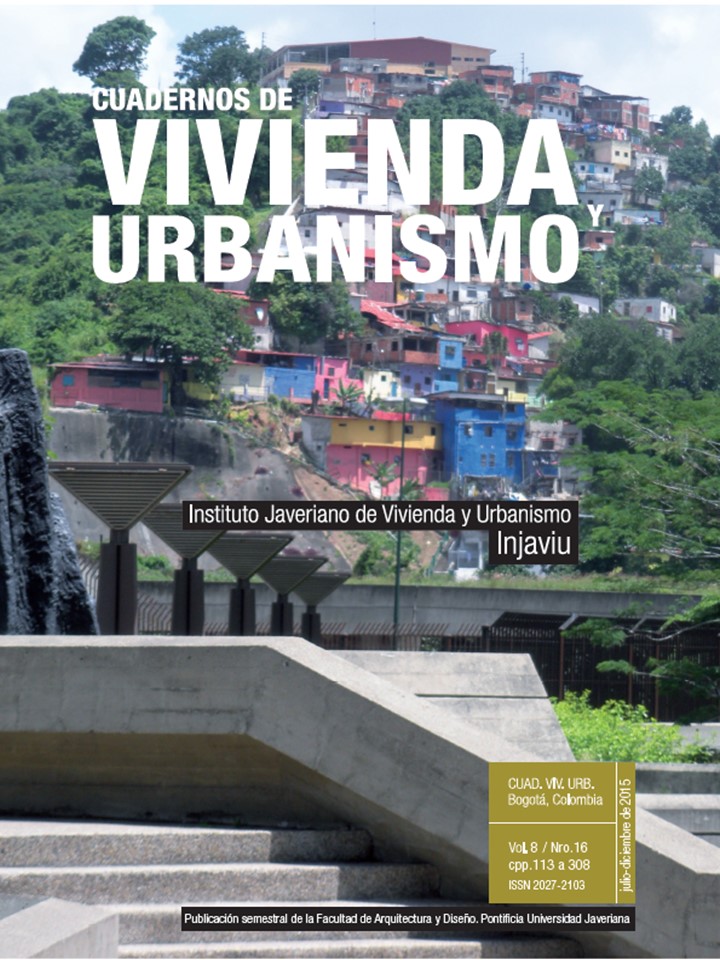Abstract
Throughout the article several elements which can set the impact of public policies in territory decision making emerge. Especially the use of three instruments of territorial planning and management as the Development Plan (Plan de Desarrollo, PD), the Land Use Plan (Plan de Ordenamiento Territorial, POT) and the Plans for Comprehensive Watershed Management (Planes de Manejo Integral de Cuencas Hidrográficas, Pomca), structured through the Units of Planning and Land Management (Unidades de Planificación y de Gestión Territorial, UPGT). These allow the development of programs and projects in a territory associated in municipalities and departments in order to invest and locate infrastructures that reduce vulnerability and threat in areas that have been subject to landslides and floods and taken over by the National Government through the Law 1523 of 2012 on Risk Management and supplemented by other regulations that strengthen the environmental, social, economic and administrative dimension that contribute to a more comprehensive land use. The participation of public and private actors and sectors as well as of civil society is coordinated with the implementation of the Committees for Territorial Integration (Comités de Integración Territorial, CIT), which connect the administrative processes around risk and associated natural disasters, in many cases, with human activities.
This journal is registered under a Creative Commons Attribution 4.0 International Public License. Thus, this work may be reproduced, distributed, and publicly shared in digital format, as long as the names of the authors and Pontificia Universidad Javeriana are acknowledged. Others are allowed to quote, adapt, transform, auto-archive, republish, and create based on this material, for any purpose (even commercial ones), provided the authorship is duly acknowledged, a link to the original work is provided, and it is specified if changes have been made. Pontificia Universidad Javeriana does not hold the rights of published works and the authors are solely responsible for the contents of their works; they keep the moral, intellectual, privacy, and publicity rights.
Approving the intervention of the work (review, copy-editing, translation, layout) and the following outreach, are granted through an use license and not through an assignment of rights. This means the journal and Pontificia Universidad Javeriana cannot be held responsible for any ethical malpractice by the authors. As a consequence of the protection granted by the use license, the journal is not required to publish recantations or modify information already published, unless the errata stems from the editorial management process. Publishing contents in this journal does not generate royalties for contributors.


